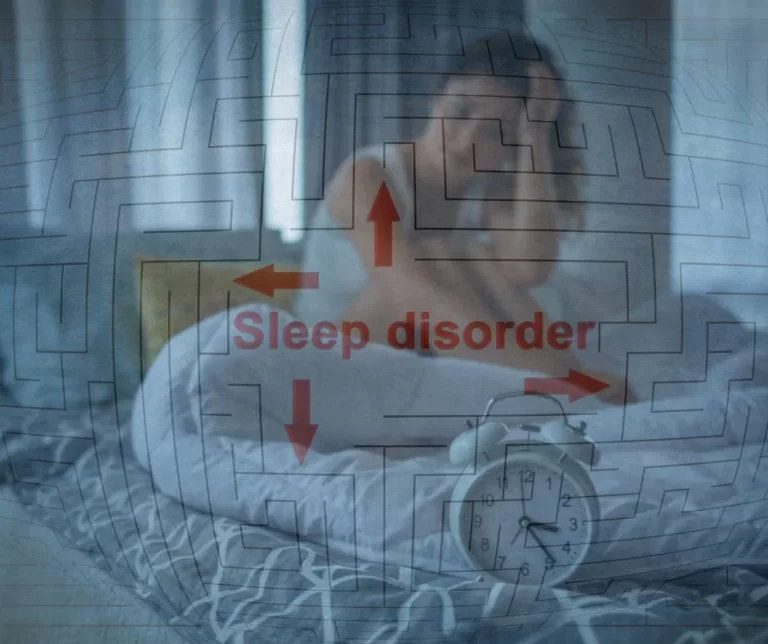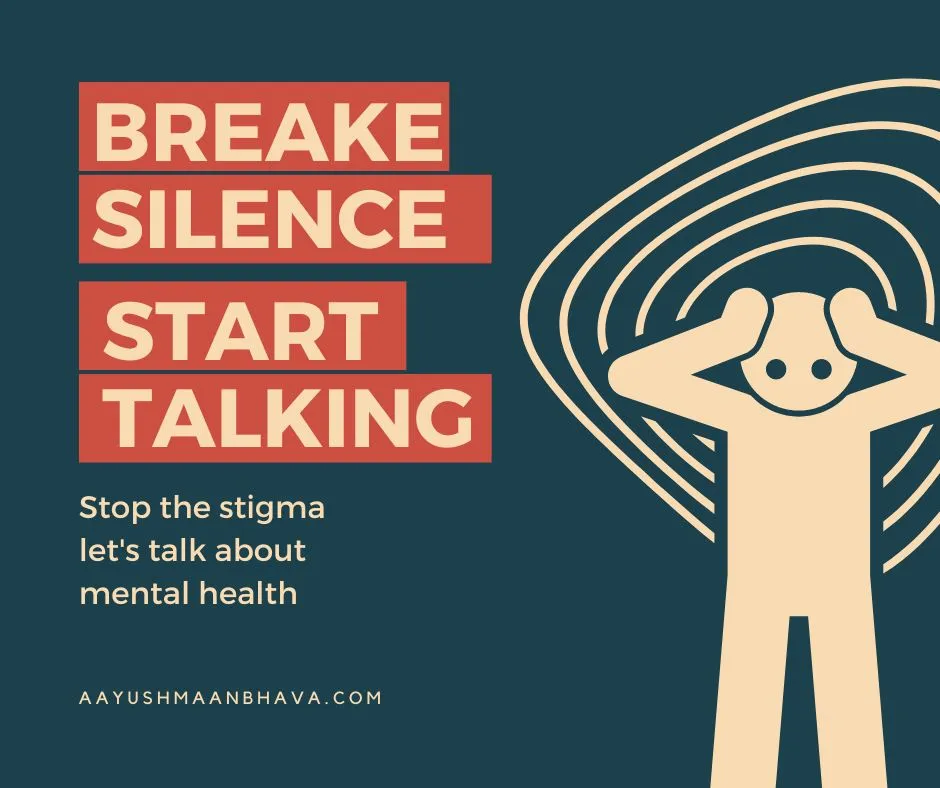Table of Contents
ToggleIntroduction
Welcome to our session today! I’m here to help you learn about mood disorders, which are like big waves that can make you feel really sad or super happy for a long time. We have a special guide called the ICD-10 that helps us understand and take care of these mood waves.
Imagine you’re on a big adventure across the ocean. When the water is calm, you feel great, and everything is smooth. But sometimes, big waves come and shake your boat. These big waves are like mood disorders. They can make you feel too sad or too happy, and it can be hard to keep your boat steady.
The ICD-10 is like our treasure map and compass. It helps us find our way through these big waves and make sure we know what they are and how to handle them.
Together, we’re going to learn about different kinds of mood waves. For example, there’s one called depression, which can make you feel really sad for a long time. And there’s another one called bipolar disorder, which is like being on a rollercoaster, going up and down between feeling super happy and super sad.
We’ll also talk about how these mood waves can change the way you sleep, eat, and feel energetic. But don’t worry! Just like after every storm, the sea becomes calm again, we have ways to help you feel better. We can use things like medicine, talking to someone who understands, and making small changes in your life to help you get back to smooth sailing.
So, let’s start our adventure together to learn about mood disorders and how we can find our way to feeling happy and balanced again!
Understanding Mood Disorders

Mood disorders are like emotional storms that can disrupt your daily life. Imagine a beautiful sunny day suddenly overtaken by dark, heavy clouds, bringing unexpected rain and thunder. Similarly, mood disorders can bring about sudden and intense changes in your emotional state, which can be overwhelming and hard to predict.
These disorders can make you feel extremely sad, hopeless, or even worthless, as seen in depression. For example, a person with depression might find it difficult to get out of bed, lose interest in activities they once enjoyed, and struggle with feelings of emptiness for weeks or months at a time.
On the other hand, mood disorders can also make you feel overly happy, energetic, or irritable, as seen in bipolar disorder. For instance, during a manic episode, a person might feel an unusual high, have excessive energy, talk rapidly, and engage in risky behaviors without considering the consequences.
It’s important to recognize that these are not just normal mood swings; they are conditions that require attention and care. Normal mood swings are usually short-lived and don’t significantly interfere with a person’s ability to function. In contrast, mood disorders involve more intense and prolonged emotional states that can affect your ability to work, maintain relationships, and carry out daily activities.
Understanding mood disorders as more than just fluctuations in mood is crucial for seeking appropriate treatment and support. Just as a weather forecast can help you prepare for a storm, being aware of the signs and symptoms of mood disorders can help you take the necessary steps to manage your mental health effectively.
How We Use ICD-10 to Help You
Imagine you’re on a treasure hunt, and you have a map that shows you where to find the treasure. The ICD-10 is like a map for doctors and therapists. It helps them understand different mood disorders, kind of like how different landmarks are marked on a treasure map.
When you tell a doctor or therapist how you’re feeling, they use the ICD-10 map to figure out which mood disorder might be causing those feelings. It’s like they’re trying to find the “X” that marks the spot on the map. Once they know where the “X” is, they can plan the best way to help you feel better.
The ICD-10 also makes sure that everyone uses the same words and meanings when talking about mood disorders. It’s like making sure everyone agrees on what “north” and “south” mean on a treasure map so everyone can work together to find the treasure.
So, the ICD-10 helps your doctors and therapists understand your feelings, find out what’s causing them, and decide on the best way to help you. It’s a very important tool in making sure you get the right care for your mental health.
Types of Mood Disorders You Might Encounter
Depressive Disorders:
These are periods when you might feel a deep sense of sadness or loss of interest in activities you once enjoyed.
Bipolar Disorders:
Imagine riding a rollercoaster of emotions, from high peaks of energy to low valleys of depression.
Cyclothymic Disorder:
This is a milder form of bipolar disorder with less intense mood swings.
Recognizing the Signs
Imagine your mood is like a seesaw. Sometimes it’s up, and sometimes it’s down. That’s normal! But with mood disorders, the seesaw can get stuck way up high or way down low for a long time, and that’s when it becomes a problem.
Here are some signs that the mood seesaw might be stuck:
Feeling Really Sad:
It’s like when you have a raincloud over your head that won’t go away, even when there’s no reason to be sad.
Sleeping Too Much or Too Little:

It’s like when you try to sleep, but you just can’t, or when you want to stay awake, but all you can do is sleep.
Eating Too Much or Too Little:

It’s like when you’re not hungry at all, even when you usually love snack time, or when you keep eating even though you’re full.
Mood Swings:
This is when your mood seesaw goes really high and then really low super fast, like going from being super excited about your birthday to feeling like it’s just another day.
If you notice these signs in yourself or a friend, it’s like noticing that the seesaw is stuck. It’s important to tell a grown-up, like a parent or teacher, so they can help fix it and make the seesaw fun again!
Working Together Towards Wellness
Imagine you’re on a team, and your goal is to win a big game. But to win, everyone needs to work together, practice, and play their part. Treating mood disorders is like that. It’s a journey we take as a team, where each of us has an important role.
Medications:
Think of these as special tools or equipment that can help you play better in the game. They work to balance the chemicals in your brain, kind of like making sure the seesaw isn’t stuck too high or too low.
Therapy:
This is like having a coach who helps you understand your feelings and thoughts better. They can teach you new strategies and ways to handle tough situations, kind of like learning new moves or plays in the game.
Lifestyle Changes:
This is about taking care of your body and mind outside of the game. Eating healthy foods, getting enough sleep, and staying active is like practicing and keeping your body in good shape so you can play your best.
For our team to win, you need to be involved and open to trying new things. Just like in a game, there might be ups and downs, but by working together and supporting each other, we can move toward wellness and help you feel better.
Conclusion:
So, as we wrap up our adventure today, remember that navigating mood disorders is like sailing on the ocean. Sometimes, the waves are calm, and sometimes, they’re stormy, but with the right tools and support, we can steer through them.
We’ve learned about different mood waves, like depression and bipolar disorder, and how they can make us feel. We’ve also discovered how the ICD-10 is like a treasure map that helps doctors and therapists understand our feelings and find the best ways to help us.
Treating mood disorders is a journey we take together. It’s like being part of a team where everyone has a role to play. Medications, therapy, and taking care of ourselves are all important steps on this journey.
Remember, it’s okay to ask for help and talk about your feelings. Just like a captain needs a crew to navigate the seas, you have people who care about you and want to help you feel better.
So, let’s keep sailing forward, learning more about ourselves, and working together towards a happy and balanced life. And always remember, you’re not alone on this journey. Your mind health trainer and your team are here to support you every step of the way.
Keywords:
Mood disorders, ICD-10, mental health, depressive disorders, bipolar disorders, cyclothymic disorder, mind health trainer.
FAQs
Mood disorders are like emotional storms that can disrupt your daily life. They can make you feel extremely sad or overly happy for a long time, affecting your ability to function normally.
The ICD-10 is like a map that doctors and therapists use to understand different mood disorders. It helps them identify the specific type of mood disorder you might have and decide on the best way to treat it.
Some common types of mood disorders include depressive disorders, bipolar disorders, and cyclothymic disorder. Depressive disorders involve feelings of sadness, bipolar disorders involve extreme mood swings, and cyclothymic disorder is a milder form of bipolar disorder.
Mood disorders can be treated with a combination of medications, therapy, and lifestyle changes. Medications can help balance brain chemicals, therapy can help you understand and manage your feelings, and lifestyle changes like eating healthy and staying active can improve your overall well-being.
If you think you have a mood disorder, it’s important to talk to a trusted adult, like a parent or teacher, and seek help from a mental health professional. They can assess your symptoms and guide you toward the appropriate treatment to help you feel better.

Dr. Kalpesh Baikar, MD in Alternative Medicine and Director of Mind Health Center, is a celebrated Mind Master and holistic health pioneer. He utilizes Clinical Hypnotherapy and Mind Programming for personal growth, employing techniques like Chakra Cleansing and Pranic Healing. Dr. Baikar‘s diverse expertise includes Vastu, Jyotish Shastra, and Graphology, enriching his approach to mental wellness. A respected Yog Guru and Life Coach, he aids in self-discovery and spiritual development, offering a holistic path to well-being through Mansanvad.

